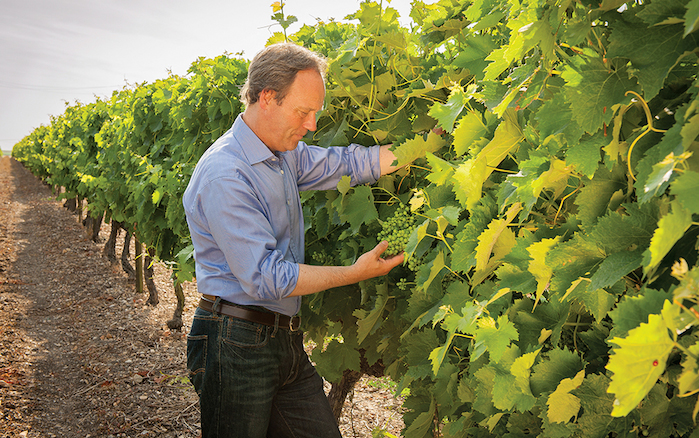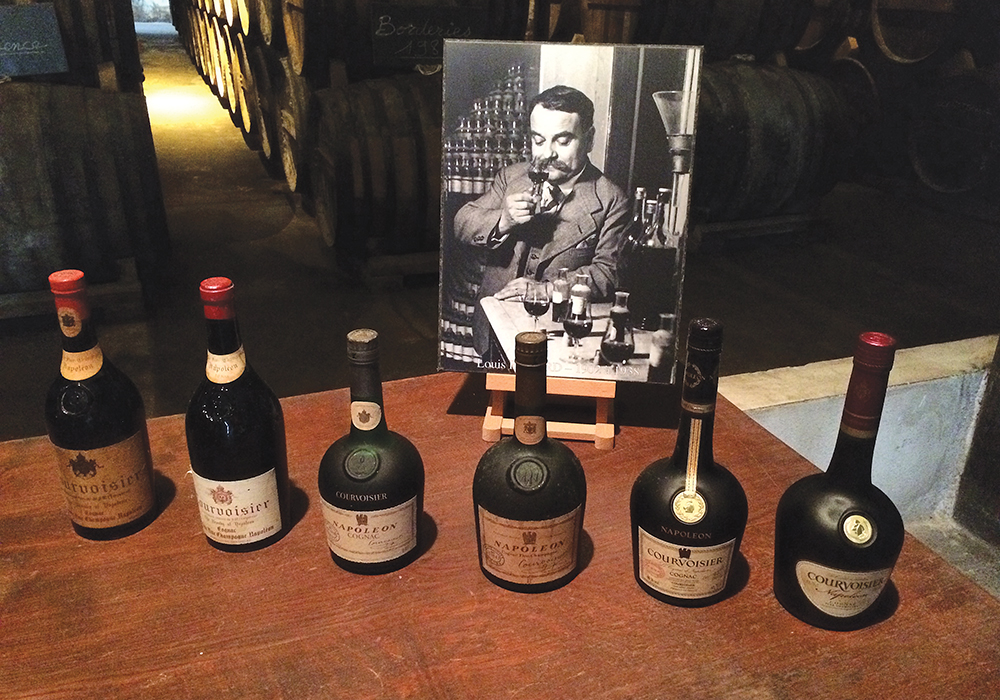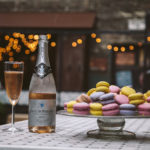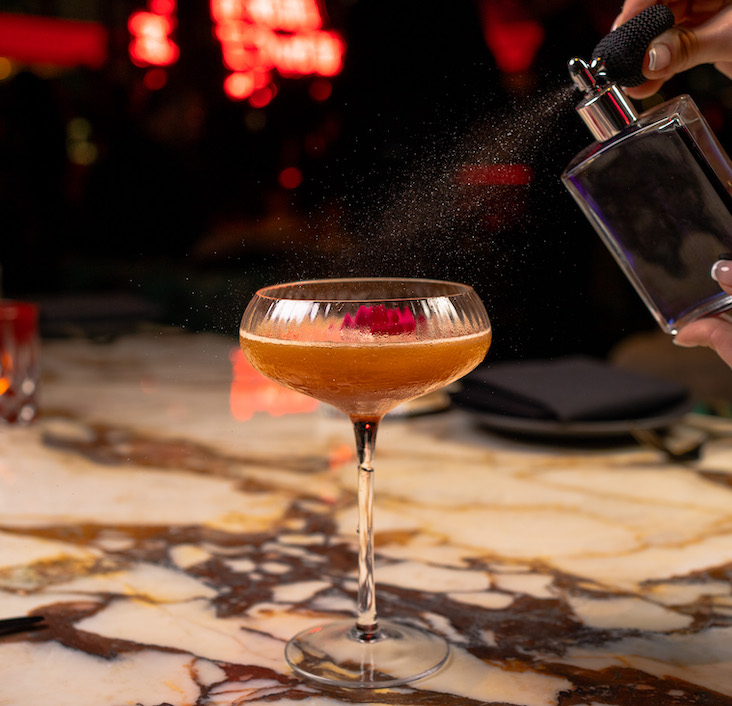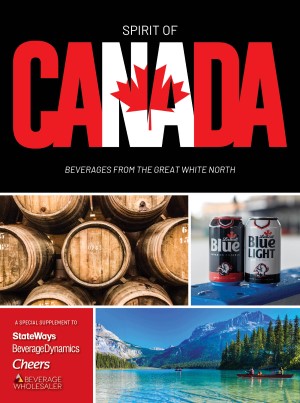The Bureau National Interprofessionnel du Cognac (BNIC) held its annual La Part des Ange (angels’ share) charity auction of fine Cognacs in September in Cognac, France. The BNIC hosted several journalists to experience the auction and tour some Cognac houses to learn more about the spirit.
Cognac, which is made by distilling wine, and then aging it in wood barrels, must be produced in the Cognac geographic region of western France. The area, located 300 miles southwest of Paris and just north of Bordeaux, is divided into six regions or crus: Grand Champagne, Petite Champagne (not to be confused with France’s northeastern region of Champagne known for its sparkling wine), Borderies, Fins Bois, Bons Bois, Bois Ordinaires.
The regions result in spirits with different textures and aging capability, but the most popular areas for Cognac grapes are Grand Champagne, Petit Champagne and Borderies. The chalky soil of these regions produces acidic grapes, which is important in Cognac production.
Cognac can be made from the permitted white grapes including ugni blanc, folle blanche and colombard. But most—about 98%—is made with ugni blanc, which is the trebbiano grape from Italy. “Ugni blanc is not really used for wine; it’s very acidic and more valuable to be used for Cognac,” says Damien Bertrand, commercial and marketing director for Domaine Boinaud, which produces J. Dupont & Deluze Cognac brands.
Cognac must be distilled twice, using copper pot stills; the resulting eau de vie must be aged in French oak barrels for a minimum of two years. V.S. Cognac, also known as Very Special, is aged for at least two years; V.S.O.P. (Very Special Old Pale or Reserve) ages for a minimum of four years; and X.O. (Extra Old or Hors d’Age) is aged for a minimum of six years. By April 2018, X.O. will indicate a minimum age of 10 years, and the Napoleon classification will be added to indicate a minimum age of six years.
Unique Terroir, Prime Location
“Quality starts in the vineyard,” says Per Even Allaire, deputy commercial director for Hine, which produces the Hine Rare VSOP, Hine Vintages and Early Landed Cognacs. Founded in 1763, the Hine Estate includes 297 acres in the Grand Champagne cru; the company is known for its single vintages.
For certain, “A great spirit is the product of its terroir,” says Alexandre Gabriel, president of Maison Ferrand, which produces the Cognac Ferrand, Pierre Ferrand and Landy Cognac brands, among other spirits. Cognac has three dimensions of terroir: geology, climate and expertise, given its long history of production, he notes.
Cognac is 400 years old, says Bénédicte Hardy of Cognac Hardy, which was founded in 1863. That’s younger that the 600-year-old, Armanac, Cognac’s spirit cousin which must be from Armagnac in the Gascony region of southwest France. But Cognac’s volume is much higher: For every six bottles of Armagnac sold around the world, 100 bottles of Cognac are sold.
Location played a large part in Cognac’s growth, says Hardy, who represents the fifth generation of the family and took over the business 25 years ago. The Charente River in Cognac helped the spirit grow “because it was easy to transport; Armagnac was not as lucky,” she notes.
Interestingly, 96% of Cognac is exported; the French don’t really care for it that much. “French people like Scotch,” Hardy says.
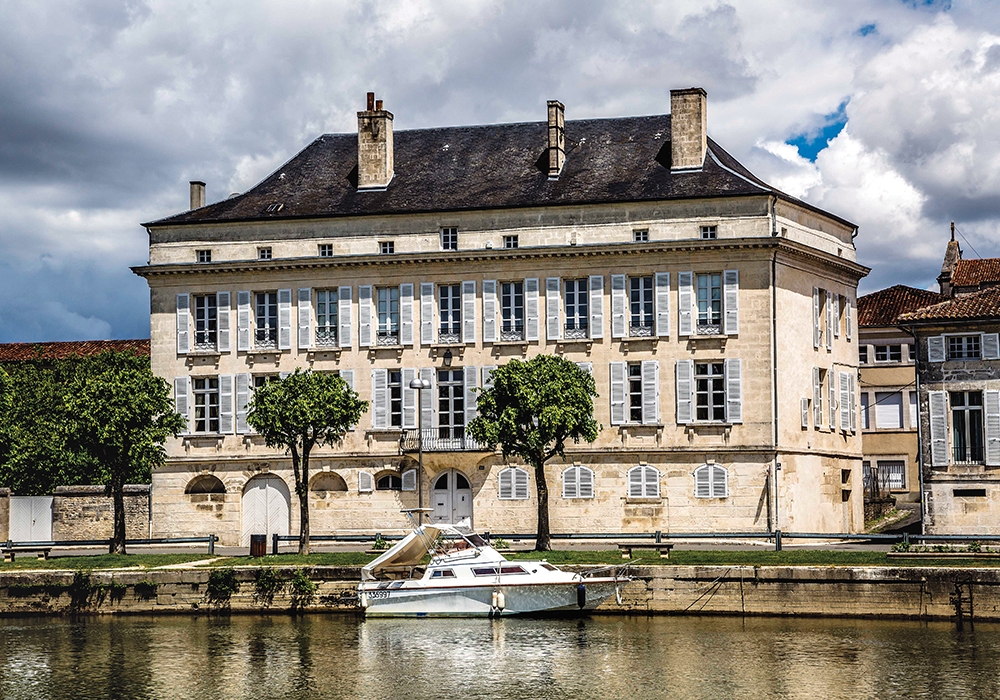
The Hine chateau on the Charente River in Jarnac, Cognac.
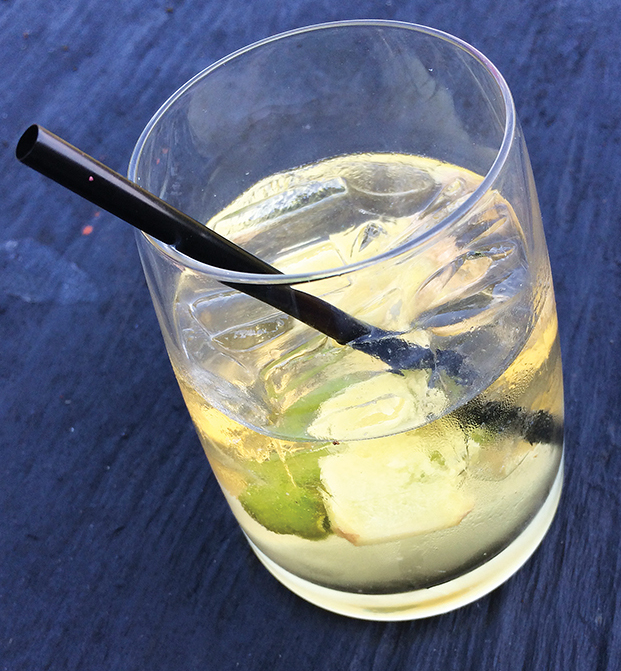
The Cognac Summit, made with Cognac VSOP, sparkling French lemonade, fresh ginger and lime, served with an optional slice of cucumber.
Cocktail Time
The Cognac industry is looking to boost the spirit’s presence and consumption by promoting it for cocktails. The BNIC even developed a signature cocktail called the Cognac Summit, made with Cognac VSOP, sparkling French lemonade, fresh ginger and lime, served with an optional slice of cucumber.
Courvoisier’s spirits research and development/products quality manager Joel Lavergne noted during a tasting that the VSOP was the best Cognac expression for cocktails. “You need a strong spirit to mix.”
Some Cognac houses have even developed expressions specifically for mixing. For instance, Hine recently created H by Hine in response to growing demand for a cocktail-friendly Cognac. Hine’s cellar master Eric Forget collaborated with the French Bartenders Association to develop the product.
And Domaine Boinaud launched the A Deluze expression especially for cocktails, says Bertrand. The company acquired the Deluze brand from Remy Martin about 10 years ago; it has been in U.S. since last year.
Cognac For A Cause
The BNIC’s La Part des Ange auction—the 10th edition—featured 24 limited-edition carafes donated by Cognac houses. The luxury carafes were filled with rare, high-quality eaux-de-vies, aged and blended over many years.
Chef Guy Savoy was the patron for this year’s auction and dinner, held on the banks of the Charente River in central Cognac. About 700 French and international guests attended; the auction was also open to online bidders for the first time.
The auction, held in partnership with the auction house ArtCurial, raised a record amount—265,700 Euros, or about $298,088—for the Fondation Apprentis d’Auteuil, an organization that has benefited underprivileged youth and the most vulnerable families for 150 years.
Since 2006, La Part des Anges has helped a dozen charitable projects in the areas of employment, education, heritage or social. The money raised from the Cognac carafe sales in 2016 will provide young students at a hospitality and catering school with a new kitchen.
Melissa Dowling is editor of Cheers magazine.

